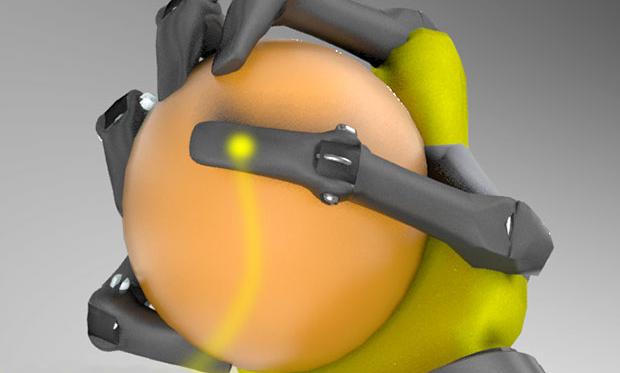The team tested their device on a prosthetic hand. When the skin patches on the skin were enabled, the prosthetic could touch and grab soft objects like a normal hand. But when the skin was not turned on, the hand crushed the objects.
The skin requires just 20 nanowatts of power per square centimeter, according to the paper. Right now, the energy captured by the photovoltaic cells has to be used immediately, but the team has another prototype in development that includes flexible supercapacitors to store excess energy.
They are also working on scaling up the material to cover larger areas of a prosthetic or robot, using a method the team pioneered in 2015 for inexpensively producing large sheets of graphene. Dahiya expects the skin will eventually be produced for just $1 for 5 to 10 centimeters of the material.
